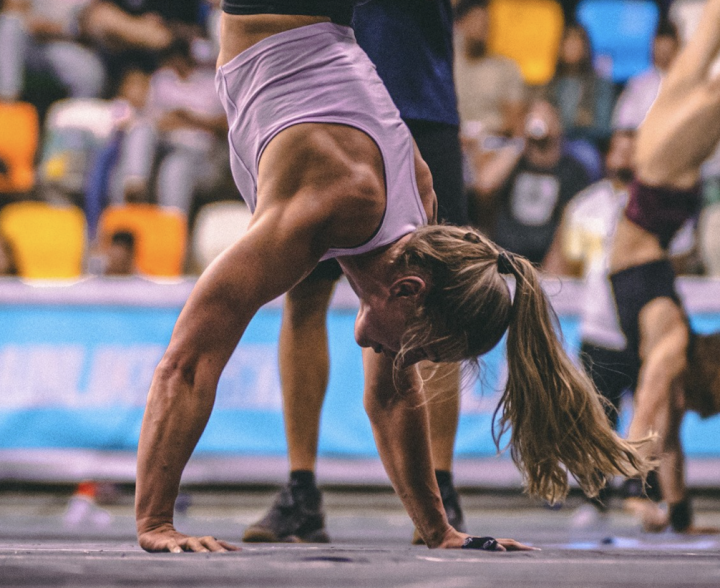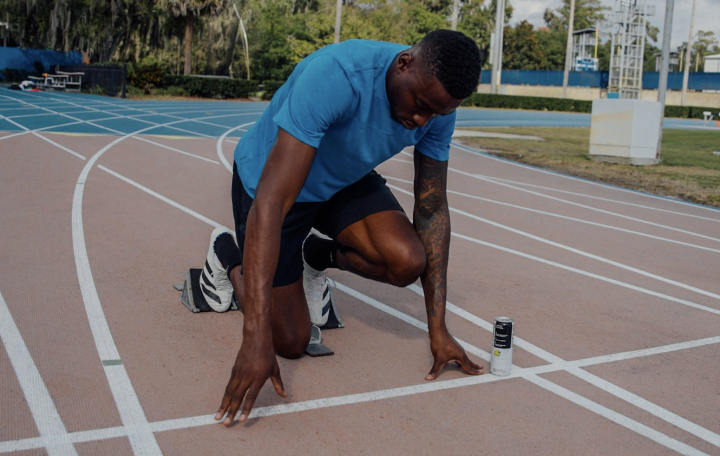Walk it Off! The benefits of a post-WOD walk.
 Is walking good for post-workout recovery?
Is walking good for post-workout recovery?
Walking is a great way to aid in muscle recovery after intense exercise because it helps to promote blood flow and oxygenation to the muscles, which can help to reduce muscle soreness and stiffness. When we exercise, our muscles experience small tears, which cause inflammation and soreness. The increased blood flow from walking helps to deliver oxygen and nutrients to the muscles, which aids in the repair process and can help to reduce inflammation and soreness.
Walking can also help to flush out lactic acid build-up in the muscles, which can contribute to muscle soreness and fatigue. Lactic acid is a byproduct of exercise that can accumulate in the muscles, causing discomfort and fatigue. Walking can help to move this lactic acid out of the muscles, reducing soreness and helping to speed up the recovery process.
Additionally, walking can improve flexibility and range of motion, which can be beneficial for muscle recovery after intense exercise. As we walk, our muscles and joints move through a full range of motion, which can help to loosen tight muscles and improve flexibility. This can also help to prevent injury by improving muscle balance and stability.
Incorporating a light walk as a cool-down after intense exercise can be beneficial for muscle recovery and overall wellness. It is recommended to start slowly and gradually increase the duration and intensity of the walk.
Why is going for a walk so good for you post-workout?
There are many health benefits associated with regular walking, including improved cardiovascular health, weight management, and reduced risk of chronic diseases such as diabetes and heart disease. Studies have also shown that regular walking is associated with longer lifespans, with one study finding that people who walked at least 30 minutes per day had a 20% lower risk of death compared to those who were sedentary (Lee et al., 2019).
Walking can also be beneficial for mental health, as it has been shown to reduce stress, improve mood, and boost cognitive function. Studies have also found that walking can help to improve sleep quality, reduce symptoms of anxiety and depression, and even help to prevent cognitive decline as we age.
It is important to note that while walking can aid in muscle recovery, it should not be considered a replacement for proper rest and recovery techniques such as adequate sleep, hydration and proper nutrition.
Overall, walking is a simple and effective way to improve both physical and mental well-being. It is easy to incorporate into daily routine and can be done almost anywhere, making it an accessible form of exercise for people of all ages and fitness levels.
Does running give you the same post-workout recovery as walking?
The effectiveness of walking versus running for muscle recovery after intense exercise can depend on the individual and their specific needs. Both walking and running can be beneficial for muscle recovery, but they may have slightly different effects.
One study found that walking at a moderate pace for 30 minutes after intense exercise had similar benefits as running in terms of reducing muscle soreness and inflammation (Cheung et al., 2003). The researchers suggested that the lower impact of walking may be beneficial for reducing muscle soreness and the risk of injury.
Another study compared the effects of walking, cycling and running on muscle recovery after intense exercise (Schwellnus et al., 2009). The study found that walking had similar benefits as cycling and running in terms of reducing muscle soreness and improving muscle function. The researchers suggested that walking may be a viable alternative to cycling or running for muscle recovery.
It is important to note that the intensity of the walking or running can also play a role in muscle recovery. A light walk or a slow jog may be more beneficial for muscle recovery than a high-intensity run.
In general, it is recommended to listen to your body and choose the activity that feels best for you on a recovery day. It is also important to incorporate other recovery techniques such as stretching, foam rolling, adequate sleep, hydration, and proper nutrition.

References:
Cheung, K., Hume, P., & Maxwell, L. (2003). Delayed onset muscle soreness: treatment strategies and performance factors. Sports Medicine, 33(2), 145-164.
Schwellnus, M. P., Drew, N., & Collins, M. (2009). Is running associated with a greater risk of acute or overuse muscle injury compared with walking or resistance training in adults? A systematic review. British Journal of Sports Medicine, 43(6), 391-397.
Lee, I. M., Shiroma, E. J., Petrovitch, H., Burchfiel, C. M., Ross, G. W., Abbott, R. D., & Curb, J. D. (2019). Physical activity and mortality: What is the dose-response relation? JAMA internal medicine, 179(2), 143-152.







